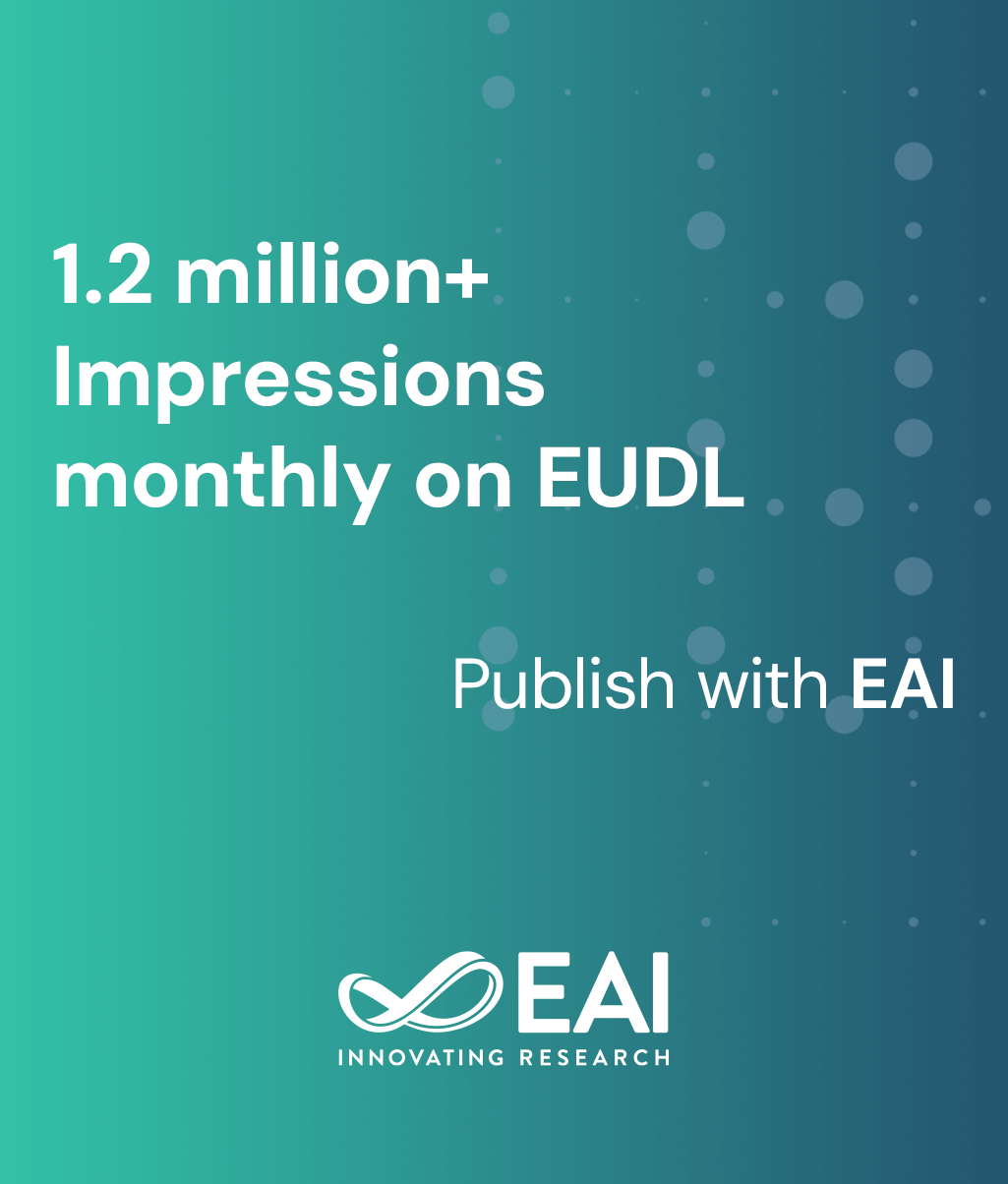
Research Article
Forecasting Diabetes Correlated Non-alcoholic Fatty Liver Disease by Exploiting Naïve Bayes Tree
@ARTICLE{10.4108/eai.29-4-2022.173975, author={Shiva Shankar Reddy and Nilambar Sethi and R. Rajender and Gadiraju Mahesh}, title={Forecasting Diabetes Correlated Non-alcoholic Fatty Liver Disease by Exploiting Na\~{n}ve Bayes Tree}, journal={EAI Endorsed Transactions on Scalable Information Systems}, volume={10}, number={1}, publisher={EAI}, journal_a={SIS}, year={2022}, month={4}, keywords={Non-alcoholic fatty liver, diabetes mellitus, ensemble techniques, naive bayes, C4.5 decision tree, bagging, random forest, ada-boost, NB tree, accuracy, detection rate, NPV, FNR and FPR, diabetes mellitus (DM)}, doi={10.4108/eai.29-4-2022.173975} }- Shiva Shankar Reddy
Nilambar Sethi
R. Rajender
Gadiraju Mahesh
Year: 2022
Forecasting Diabetes Correlated Non-alcoholic Fatty Liver Disease by Exploiting Naïve Bayes Tree
SIS
EAI
DOI: 10.4108/eai.29-4-2022.173975
Abstract
INTRODUCTION: In recent years, non-alcoholic fatty liver disease (NAFLD) has been identified as the most vulnerable chronic disease. Fat is accumulated in the liver cells of persons with NAFLD. Diabetes is the most common ailment among people of all ages, so it is critical to recognize and prevent its adverse effects. OBJECTIVES: A relevant dataset with appropriate features was selected. Ensemble algorithms were applied for the prediction task, and finally, the method with the best performance was extracted. METHODS: In addition to Ensemble approaches namely bagging, Random forest and Ada-boost, individual classifiers Naive Bayes (NB) and C4.5 Decision tree were considered. These ML techniques were compared with the proposed NB tree algorithm, a combination of C4.5 and Naive Bayes. RESULTS: The following evaluation parameters were computed for each analyzed algorithm: accuracy, detection rate, negative predictive value (NPV), false negative rate (FNR), and false positive rate (FPR). The algorithms are then compared based on these metrics to determine the best algorithm. The NB tree was obtained to be the best method with 97.55% accuracy, 0.4853 detection rate, 0.9615 NPV, 0.0388 FNR, and 0.0099 FPR. CONCLUSION: The NB tree outperformed individual Naive bayes and C4.5 classifiers, and the other techniques studied. The developed algorithm could be applied in NAFLD-related research.
Copyright © 2022 Shiva Shankar Reddy et al., licensed to EAI. This is an open access article distributed under the terms of the Creative Commons Attribution license, which permits unlimited use, distribution, and reproduction in any medium so long as the original work is properly cited.


